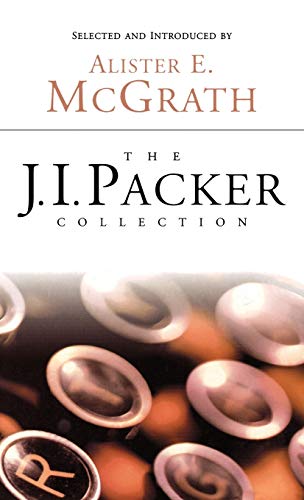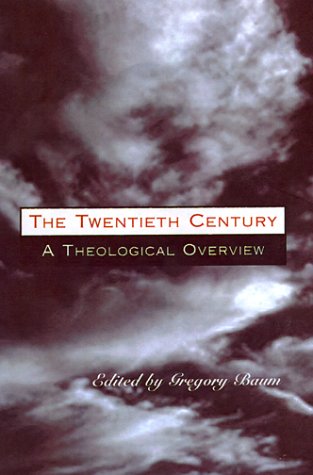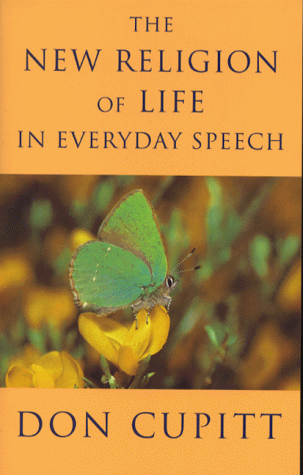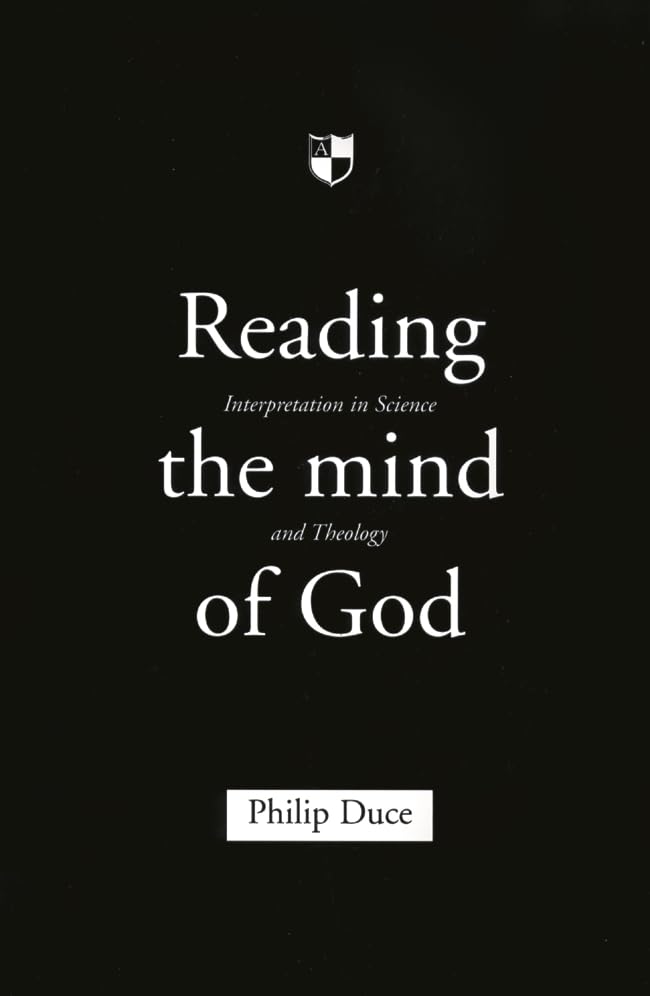Healing in the New Testament: Insights from Medical and Mediterranean Anthropology
Written by John J. Pilch Reviewed By Daniel R. NilesDrawing on his multi-cultural experience in preventive medicine and healthcare planning, Georgetown University Biblical Studies Professor John Pilch applies social-science models to NT healing stories. Pilch seeks to equip readers with culturally sensitive insights into healing in antiquity, thus contributing to their understanding of contemporary healing. The book introduces cultural and medical anthropology, applies its model to the evangelists, and concludes with personal and hermeneutical reflections on the difference between healing and curing. This differentiation is developed through the book.
For Pilch, this differentiation is obscured by ethnocentrism. So he probes cross-cultural values, assuming that all societies share a set of inescapable human problems and a range of available solutions. Pilch argues that mainstream US health definitions emphasise individual functionality but the NT ‘complete well-being’. Medical anthropology, affirms Pilch, focuses on the social and experiential meaning of health issues, rather than on biomedical standards of efficacy. Thus disease is a biomedical and illness a cultural construct for explaining sickness. To cure a disease is to eradicate it from affected organisms. To heal an illness is to restore meaning to affected lives. The case of leprosy helps illustrate the interpretative superiority of a culturally sensitive as opposed to an empirically focused model.
With additional concepts such as healthcare system sectors, kinship, illness taxonomies, and health as good fortune, Pilch probes the evangelists’ writings. Mark presents Jesus as a folk healer without official authorisation. Faith or loyalty to Jesus as God’s healing agent is a Matthean emphasis. In Luke–Acts, blindness, physical or metaphorical, is a central misfortune that Jesus heals. Sent from God the divine patron as a broker of wholeness, Jesus offers light and life to the Johannine anti-society through his resurrected presence among them. All four evangelists emphasise healing rather than curing. Concluding with his personal experience of this difference, Pilch reiterates finding no evidence that Jesus cured anyone, and calls again for culturally sensitive exegesis.
The book provides a helpful Introduction to medical anthropology, enhanced by extensive references, web pages, a glossary, and discussion questions. The epilogues help update the previous publications on which the first six chapters are based. Pilch offers a systematic way of investigating foreign cultures, re-entering one’s own culture, and making cross-cultural communication easier. Potential uses are not limited to NT exegesis.
Concerning social-science methods, Pilch himself calls his model a ‘net’. What slips through a net may not be any less valuable than what is retained. Pilch’s model of cultural generalities would be hard put to capture narrative and theological particularities highlighted by other exegetical approaches. Thus Louise Wells uses a literary approach to show unique features in Luke’s ‘contiguous’ use of therapeuo and iaomai(in The Greek Language of Healing from Homer to New Testament Times). Biblical scholarship has developed many tools, social-science being one, Pilch’s work could be strengthened by reflections on the practice of a coherent eclecticism.
Finally, did Jesus cure anyone? The evangelists record that Israel’s God has visited his people, with free (curative technology is usually limited to the affluent) and full healing for the afflicted, his presence attested by eyewitness accounts of cripples walking, the blind seeing, and the deaf hearing. That the writings give these accounts their full theological significance does not mean that the eyewitnesses were confused as to whether or not they witnessed the lame walking. That God chose the unlikeliest witnesses to his freely lavished presence may be ironic. For their testimony to be domesticated as a cultural metaphor by a hermeneutic which (rightly) challenges ethnocentrism and anachronism would be tragic.
Daniel R. Niles
University of Cambridge







